FEATURE What Two Major Oil Spills In Venezuela And Mauritius Now Mean For The World

GLOBAL – August has been a very bad month for the ocean, having been battered by oil spills, explosions, and poorly regulated shipping. While the eyes of the world were first shocked by the explosion on 4 August in Beirut Port from poorly stored Ammonium Nitrate being carried by a Moldovan-flagged vessel, and then the massive oil spill on 6 August in Mauritius by a Panama-flagged, Japanese-owned iron ore ship that split apart against a coral lagoon, Venezuela was experiencing its own major oil spill which officials first started detecting on 2 August. It was a bunker fuel oil spill (same as Mauritius) and has now been estimated at being twice the size as the one in Mauritius. The cause was not immediately obvious and satellite data suggests the leak either came from a Portugal-flagged vessel or an oil pipeline close to a petroleum hub in the region. It was also in a pristine protected National Park, full of coral reefs, mangrove forests and turtle nesting grounds. This is the second time Venezuela has experienced a major oil spill in the last year, following over 1500 miles of Brazil’s beaches experiencing over 2000 tons of heavy engine oil in September. READ MORE GLOBAL Mapping the Roots of Mangrove Loss
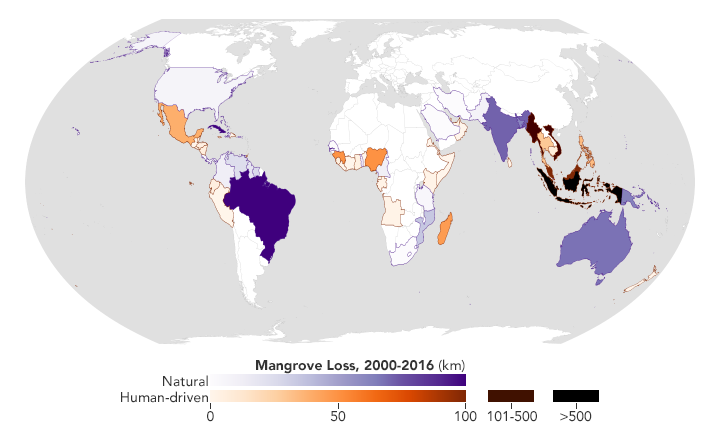
GLOBAL – Using data from Landsat, researchers have created a new map depicting the causes of change in global mangrove habitats between 2000 and 2016. The map will benefit researchers investigating the impacts of mangrove gain and loss on the global carbon cycle, while also helping conservation organizations identify where to protect or restore these vital coastal habitats. Mangroves are hardy trees and shrubs that grow in the salty, wet, muddy soils of Earth’s tropical and subtropical coastlines. They protect the coastlines from erosion and storm damage; store carbon within their roots, trunks, and in the soil; and provide habitats for commercially important marine species. In a study released in 2010, mangroves were found to cover about 138,000 square kilometers (53,000 square miles) of Earth’s coastlines. The majority of these ecosystems were found in Southeast Asia, but they existed throughout the tropical and subtropical latitudes around the globe. READ MORE AMERICAS Cayman islands Mangrove Rangers – Workshop #2 
CAYMAN ISLANDS – The recently formed Cayman Islands Mangrove Rangers focused on science, data collection and policy during their second orientation and training workshop held at the Clever Fish/Sea Elements education centre in Grand Cayman on August 29th. Two representatives from the Cayman Islands Department of Environment (DOE) led the presentations and discussions on each topic area. Mr. Fred Burton, Manager of the Terrestrial Resources Unit, gave an in-depth look at the mangroves in Cayman with a specific focus on the threatened Centra Mangroves Wetland (CMW) which, at 8,200 acres, is the largest contiguous mangrove wetland in the Caribbean Mr. Burton, who has been involved in mangrove research and conservation in Cayman for over 30 years, covered all aspects of mangrove’s vital contribution to the island’s ecosystem and resources. He discussed in depth the work done in establishing the CMW’s carbon sequestration values as well as a detailed analysis of everything from the study of their protection component during recent hurricanes – including Hurricane Ivan – to their biological contribution as fish, reptile and bird habitat and their contribution to rainfall in the island’s western areas and to farming. He also outlined the CMW’s substantial impact on the slowing of climate change through carbon sequestration – something that is exacerbated by release large amounts of CO2 when mangroves are destroyed and excavated for construction or gravel mining. READ MORE
BirdsCaribbean Expresses Deep Concern Over Three Damaging Developments in Grenada
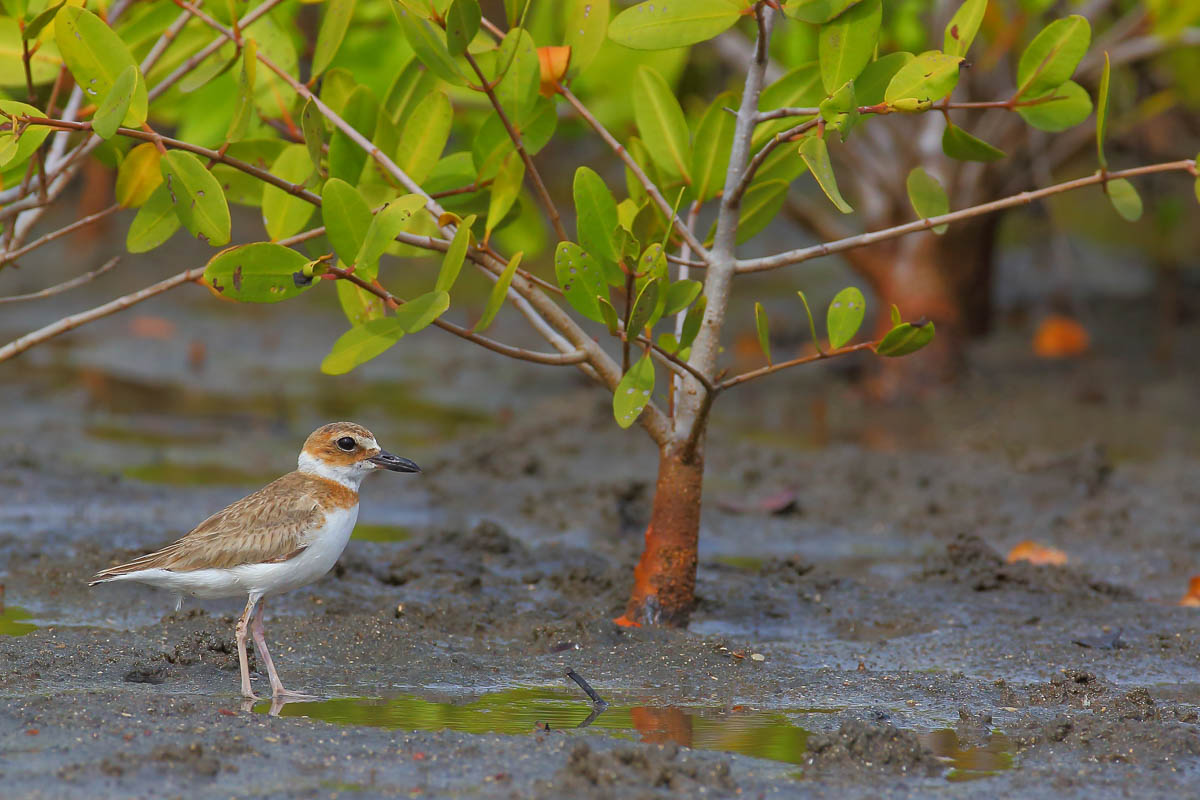
GRENADA – BirdsCaribbean’s Executive Director Lisa Sorenson urges Grenada not to destroy or damage its last remaining wetlands. “Not only are these significant habitats for many vulnerable species of birds and endangered wildlife, wetland areas perform myriad important ecosystem services that improve the safety and health of local communities. These services are increasingly important and economically valuable in the face of climate change.” Sorenson notes that Grenada is a leader for environmental conservation. It has recently embraced the concept of the “Blue Economy.” In 2013, Grenada went beyond its Caribbean neighbors’ commitments, pledging to protect 25% of its near-shore marine and coastal environment by 2020 under the Caribbean Challenge Initiative signed in 2013. Sadly, these developments and the failure to designate a majority of the protected areas proposed under its Protected Areas Systems Plan, make it increasingly unlikely that Grenada can meet its international obligations and national targets. Sorenson pointed out that it appears that vegetation has been removed before an approved EIA/plan for all three projects, which would be in direct violation of Grenada’s Physical Planning Act of 2016. Moreover, the developments and the way they are being carried out does not seem consistent with Grenada’s own Blue Growth Coastal Master Plan, whose Guiding Principles and Goals call for Sustainability, the Precautionary Principle, Good Governance, and Equity. READ MORE & SIGN PETITION For the defense of the Marine-Coastal Wetlands and the Territories of Ancestral Life in Venezuela

VENEZUELA – From the worldview of the peoples of the mangrove ecosystem, guardians of ancestral life forms that protect biodiversity, defenders of the territory of our ancestors, reflected in the birds, mangroves, fish, mollusks and everything that houses our spaces, the complicit silence and inaction in the face of the destruction of our ecosystems is unacceptable. Those ecosystems are our Ecological Heritage of Humanity.
Our Wetlands of Venezuela, source of life, culture and food, are being destroyed by a developmental model, mistaken, which has subjected the population to extreme poverty. Said model is a mechanism of domination, that violates the most fundamental rights enshrined in the Universal Declaration of Human Rights and other treaties. The Indigenous Settlements of the Yukpa (Sierra de Perijá), Yanomami and Pemón people (Canaima) are being dispossessed by mining and other extractive megaprojects, activities that will never be ecological or sustainable, because they destroy everything in their path and displace our native peoples. The Orinoco Mining Arc, as a government initiative, has accentuated anarchy in the territories where it has been implemented in Venezuela, increased the presence of irregular groups, contaminating the Wetlands, raising the indicators of desertification and drought and increasing the murder of indigenous leaders and environmentalists. At present, Venezuela is going through an unparalleled environmental crisis. READ MORE Natural resources division plans two-step approach to save Naples’ mangroves
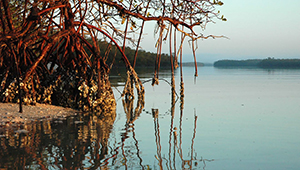
USA – Naples’ natural resources division is recommending a two-step approach to protecting what mangroves remain within the city. During an Aug. 10 council meeting, Natural Resources manager Stephanie Molloy presented the city council with a couple of different suggestions. The first is to obtain delegated authority from the state to oversee mangrove trimming and preservation permitting and the second is to lobby Gov. Ron DeSantis to have the state apply more stringent permitting under a separate environmental resource program. “I noticed a decrease in what little mangroves we have left on shorelines,” Molloy said. “I see it as death by 1,000 cuts.” READ MORE ASIA Japanese experts warn oil damage could kill mangroves in Mauritius

JAPAN – A Japanese disaster relief team said Tuesday the oil spilled from a grounded Japanese freighter off Mauritius in the Indian Ocean could kill mangroves if it is not cleaned up soon. The team composed of seven members, including five environment experts, has been conducting an on-site probe of the damage to the environment, especially the mangrove forests and coral reefs, since Friday, while providing on-site environment assistance to the Mauritius government. “In the heavily polluted areas, oil adhesion to pneumatophores (or aerial roots) can suffocate mangroves to death. Also, if the oil stays for long, its toxic substances can kill mangroves,” Noriaki Sakaguchi, vice team leader and an ecosystem conservation expert at Japan International Cooperation Agency, said in an online briefing. While no dead or dying mangroves have been found so far, the team said oil coating on the pneumatophores of mangroves has been confirmed in all seven surveyed locations, with a wide area of damage found in two sites. READ MORE Restoring mangroves with intent
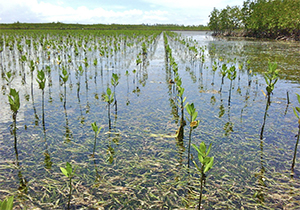
BANGLADESH – Where mangrove restoration is properly carried out, the benefits this can bring to the ecology and to local communities is enormous. But all to often mistakes are made. Here we have a well intended attempt which has simply not been thought through. The established tree line, which can be seen to the right of the photo, is the boundary to where mangroves will naturally grow down to within the inter-tidal elevation. It’s a valuable lesson therefore to observe this and duplicate it by using these natural forests as a reference for any restoration project. These saplings, assuming they even survive, will eventually shade out this valuable bed of seagrass which is an important ecosystem for manatee, dugong, fish and sea turtles etc. Mangroves throughout their range have a wide range of naturally occurring species but only one, this Red Mangrove Rhizophora mangle, is ever chosen. This narrow choice reduces biodiversity and apart from anything else is a lost opportunity for getting things right. There are places in China where this introduced species planted en masse have formed huge monoculture plantations. These have become invasive, out-competing the natural plant communities well beyond the target plantation area, which is having a profound impact on the wider affected ecosystem. But I guess if anything’s done wrong it’ll be China that does it. But if restoration projects are carried out well they can make the difference, in a country like Bangladesh, between a productive and secure thousand mile stretch of coastline to one which is barren and eroded. READ MORE Bengal’s Sunderbans billed ‘endangered ecosystem’, mangroves show signs of climate-resilience

BANGLADESH – The Sunderbans in West Bengal – a UNESCO world heritage site and home to the only tiger that lives in mangroves – has been categorized as an ‘endangered ecosystem’ by a team of scientists from four countries. But there is a silver lining too. The researchers have found that the world’s largest mangrove system, which has been degraded because of unbridled human activities in the past, is showing signs of stabilization and is gradually becoming resilient to climate change. “The Sunderbans, which has seen much degradation in the past, has been categorized as an endangered ecosystem according to the International Union for Conservation of Nature’s The Red List of Ecosystems. Felling of trees for human settlement over the past few centuries which has degraded the mangrove to a large extent and the declining fish population were the two primary reasons to tag the delta as an endangered one. READ MORE To Build Back Better, We Must Include Indigenous Peoples
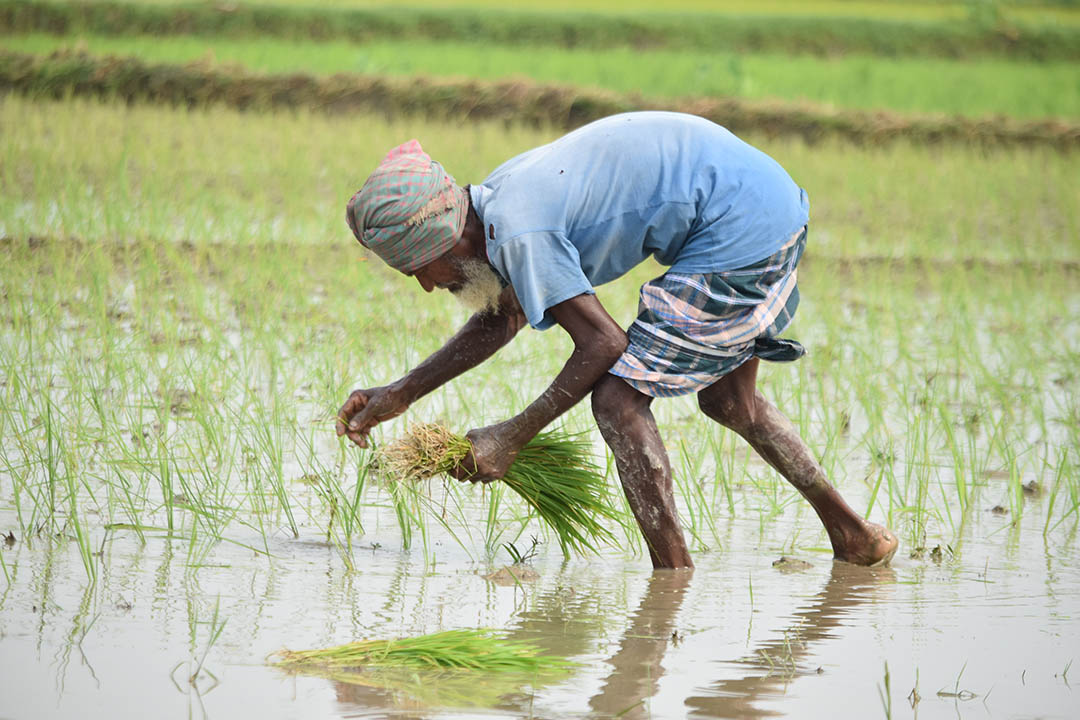
INDIA – As the COVID-19 pandemic continues to take hold in many countries, indigenous peoples are among the most vulnerable. Already dealing with multiple challenges, including threats to their ancestral lands and forests, growing food insecurity, and the impacts of climate change, indigenous peoples and local communities are further disadvantaged during the pandemic. Many live in remote areas and have poor access to food, basic healthcare, and communication. As the crisis continues to evolve, indigenous peoples are further marginalized as information is rarely available in their local languages Further, lockdowns have created insecure and unstable markets, such as in Nepal. This has given rise to arbitrary transport and purchase prices, setting back producer groups who have no access and information on market operations during the pandemic. Moreover, women now carry twice their normal workload – as primary caretakers of families and households, and as custodians of farms and animals. Despite these challenges, indigenous communities remain resilient by relying on their traditional knowledge and practices. Represented by their traditional organizations and a large variety of different forest and farm producer organizations (FFPOs) in various countries, indigenous peoples have platforms for inclusion and decision making. These organizations have vast networks that represent women, youth, and ethnic minorities, and often have constitutions that target such vulnerable groups. READ MORE Plant mangroves, not cancerous fake sand
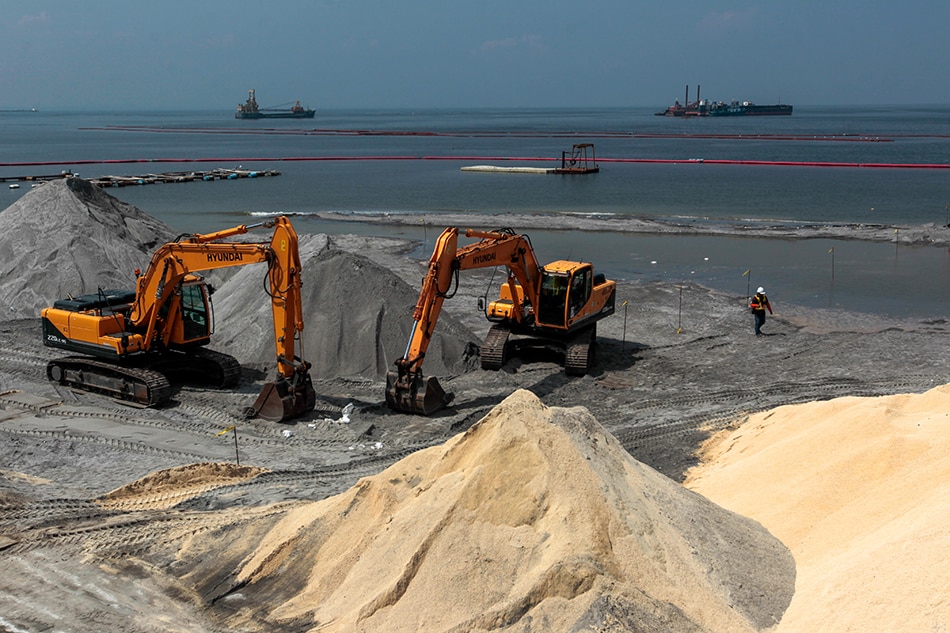
PHILIPPINES – Plant mangroves on the entire 190-kilometer coastline of Manila Bay. That will rehab the murky waters not cancerous artificial white sand on a half-kilometer seafront along Roxas Boulevard, Manila. Alibis for the government’s P400-million fake sanding are silly. It’s “sea nourishment,” an environment undersecretary blabbers. Viewing the “white beach” unquantifiably boosts people’s mental health during pandemic, the presidential spokesman yatters. If so, then consider this: Planting mangroves all along Bataan, Pampanga, Bulacan, Metro Manila and Cavite will green the shoreline. Fish, shells, crabs, birds and edible flora will also thrive. That’s food, scenery, fresh air, clean sea for millions. It can be done; it’s being done. A stone’s throw south of the bogus white sands is a genuine mangrove forest. It is the core of the 175-hectare Las Piñas-Parañaque Critical Habitat and Eco-Tourism Area. The bayside LPPCHEA hosts 11 endemic species of mangroves. Fruit-bearing native trees and bamboos intersperse. Eighty bird species feed and roost there, some from as far as Siberia. Protected are the rare Black-Winged Stilt, Chinese Egret and Philippine Duck. READ MORE
Like this newsletter?
Pease consider donating to MAP to keep it going.
Giving could never be easier | Our Paradise and Sovereignty under Siege – Protect Grenada from Destructive Development! SIGN THE PETITION Stop the destruction of Can Gio Mangrove Biosphere Reserve
SIGN PETITION (Scroll down in linked page for English version) 2021
CHILDREN’S ART CALENDAR
ENTRIES DEADLINE EXTENDED TO SEPT 15! 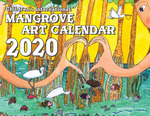 ACTION ALERTS Please SIGN: keep plantations out of orangutan habitat!
TAKE ACTION Unilever: stop destroying mangroves for convenience food! SIGN OUR PETITION Stop plundering the oceans for industrial aquaculture! SIGN THE PETITION Take action now and stop the build-out of coal plants in Bangladesh. Save Kakinada mangrove forest – Sign the Petition Like this newsletter? Pease consider donating to MAP to keep it going. Giving could never be easier 
CBEMR Training in Tanzania: Ground-breaking training breathes life into mangrove ecosystem restoration – The Mangrove Alliance Please see our newest video: ” Restoring The Natural Mangrove Forest” – https://youtu.be/Vh7CoPBLQa8 Mangrove Restoration Map VIEW MAP HERE 
Restoring The Natural Mangrove Forest
Watch movie 
Community Based Ecological Mangrove Restoration in Rufiji Delta VIEW VIDEO Video: Mangroves for the Future – A look bacK. As the latest phase of Mangroves for the Future (MFF) draws to a close, this video highlights some of the project’s most successful initiatives – from local women supporting national park management in Viet Nam to an island in the Maldives that has become a model for waste management, and everything in between. View Here WANT TO GET INVOLVED?
Follow and Join MAP!    
Like this newsletter? Pease consider donating to MAP to keep it going. Giving could never be easier 

Singing for the Sundarbans WATCH HERE Entrevista con Monica Quarto del Mangrove Action Project (Spanish language) Oye Aqui
VOLUNTEER OPPORTUNITY 
MANGROVE ISSUES Want to learn more about mangroves?
Our short presentation will give you a better understanding of the issues we are working to solve. WATCH PRESENTATION What is CBEMR? Download MAP’s 2 page CBEMR Information Sheet containing links to all MAP’s CBEMR resources – CLICK HERE What is EPIC? – The Ecosystems Protecting Infrastructure and Communities (EPIC) project: the role of ecosystems as protective barriers against climate induced hazards MANGROVES APP AVAILABLE
A pictorial field guide for easy identification of various mangrove species and learning about the mangroves ecosystem. CLICK HERE View MAP’s uploaded Videos at MAPmangrover’sChannel
Question Your Shrimp Consumer/Markets Campaign!
WATCH VIDEO WATCH – Mangroves: how they help the ocean
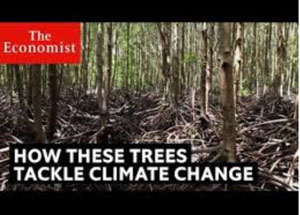 Mangrove Restoration in Asia – Watch Short Video The Value of Mangrove Forests View Video CBEMR Experience Exchange MAP 2017 English Subtitles
VIEW THE VIDEO Mangroves: Guidebook to Malaysia – Click Here
Mangrove rehabilitation in Asia – Local Action and cross-border Transfer of Knowledge for the Conservation of Climate, Forests and Biodiversity VIEW VIDEOS HERE SHARE MAP’S VISION
CLICK HERE to watch short introductory video. Together we can work “at the roots of the sea”. Our short documentary, Reducing the Risk of Disaster through Nature-Based Solutions : Mangroves

INTERVIEW – Yale Climate Connection interview with MAP’s Alfredo Quarto LISTEN Exclusive Interview with Alfredo Quarto, Co-Founder and Executive Director of Mangrove Action Project – See more
Marvellous Mangroves Curriculum The Marvellous Mangroves Education Forum is an online hub for those utilizing the Marvellous Mangroves (MM) Curriculum. It gives students, teachers and anyone interested in mangroves, the opportunity to learn and share ideas themed around the curriculum, to connect and communicate with others around the globe whilst exploring mangroves from your computer or on the go. VISIT 
The award-winning Marvellous Mangroves (MM) curriculum educates children on the importance of mangroves and their ecological functions, teaching them about modern challenges and mechanisms for sustainability. VIEW VIDEO Marvellous Mangroves Curriculum in Bangladesh – WATCH VIDEO
MARVELLOUS MANGROVES IN BRAZIL
En Portuges 
Marvellous Mangroves – A Curriculum-Based Teachers Guide. FOR MORE ON MAPs AWARD WINNING CHINA MANGROVE CURRICULUM VISIT

VIMEO SHOW
VISIT OUR “MM” WEBPAGE Check out our presentation for more details on Marvellous Mangroves Read this 10 page history of the development of MAP’s educational curriculum VIEW DOCUMENT
Article in Canada’s Green Teacher Magazine – Read More
Like this newsletter? Pease consider donating to MAP to keep it going. Giving could never be easier 
Green Planet Fundraising Assists MAP – LEARN MORE
Volunteer Opportunities with Mangrove Action Project CLICK HERE
“Question Your Shrimp” Campaign Question Your Shrimp- Don’t Buy or Sell Imported Tropical Shrimp! Sign the Petition Learn more about the affects of the shrimp industry on mangroves by visiting our blog
Editor’s Note: Mangrove Action Project’s Executive Director, Alfredo Quarto was interviewed about shrimp by Green Acre Radio’s Martha Baskin
LISTEN TO INTERVIEW Sign the Consumer’s Pledge to avoid imported shrimp
Not yet a MAP News subscriber?
Click here to subscribe. Note to Our Readers: We strive to keep active links in our newsletter. However, due to circumstances beyond our control, occasionally links to stories may become broken. If you find a link to a story is not functioning, please cut and paste the headline into your browser search bar. In most cases you should be able to locate the original story.
|



























